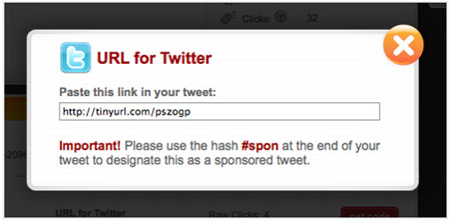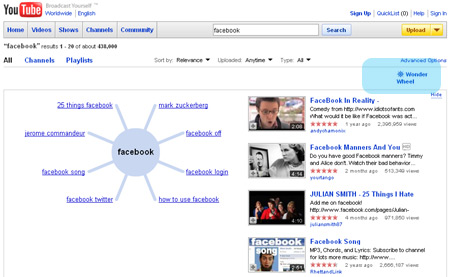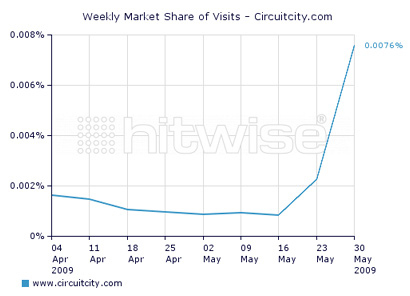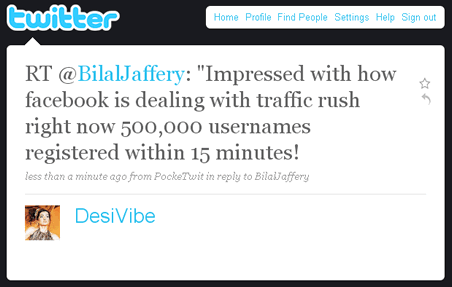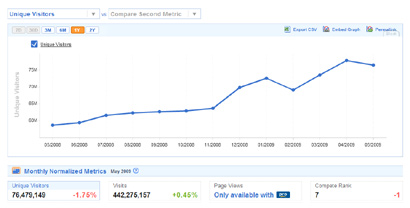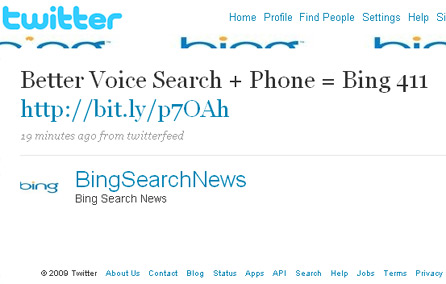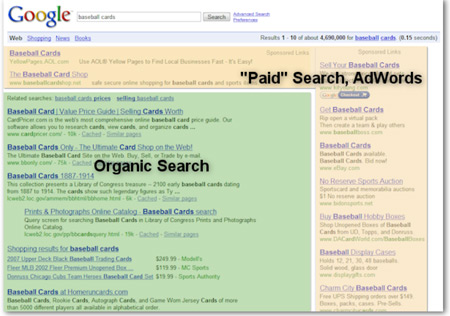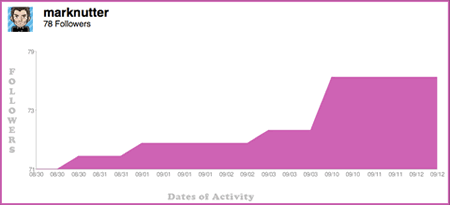Google is traditionally the main area of focus when it comes to search engine optimization. With the search engine giant so far ahead of the game in terms of search market share, it's not hard to understand why.
Search is changing though, and there are always new elements coming into play. Since social media has come into its own, more opportunities and questions have come along with it. Now Microsoft is going for Google's throat with a new search engine and an aggressive marketing campaign. What this means for the future of search market share is yet to be determined, but there's no denying Bing is capturing some attention, and that means there are people searching with it.
SEO for Bing
Microsoft's stance on search engine optimization really doesn't appear to be all that different from Google's. You're not going to get the same results on both Google and Bing in many cases, but that is after all why the two can co-exist. The real difference is in how the results are presented, and not as much in how the two determine quality and relevancy.
Bing and Google have separate algorithms, but both like quality, relevant links and good content, as opposed to deception and spam. Bing in fact, hasn't really changed much (from Live Search) in terms of crawling.
"There have been no major changes to the MSNBot crawler during the upgrade to Bing," Microsoft says in a Bing white paper for webmasters (pdf). "However, the Bing team is continuously refining and improving our crawling and indexing abilities. Note that the bot name hasn't changed. It will still show up in the web server access logs as MSNBog."
Sidenote: Webmasters will want to acknowledge that Microsoft has increased the size limit of sitemaps from 10,000 URLs to 50,000. Google is also now supporting up to 50,000 "child sitemaps" of sitemaps index files.
Like I was saying, the biggest difference between the two search engines is in the presentation. Bing of course separates (some) results into categories. This has worried some search marketers, but Microsoft says good SEO will work just as well with this set up. Bing also has the explore pane (navigational menu on the left-hand side of search results), which corresponds with the categories in the SERPs. In some ways, this is similar to Google's recent addition of "search options."
I discussed what Google's search options would mean for SEO here. Basically, I just broke it down section by section, and you could do the same thing with Bing I think. Look at the keyword phrases you want to rank for, and see how Bing breaks it up. Let's say "cell phones" for example. Bing gives you categories like shopping, brands, buying guide, providers, accessories, images, videos, and local.

This tells me that you want to play up the appropriate categories on your site, so that it shows up in the relevant categories on Bing. If you sell accessories, place emphasize that, and you'll probably have a better shot ending up in that category. With Bing, it's not about getting to the top of the SERP. It's about getting to the top of the right part of the SERP. I'll let you in on a little secret. Having quality and relevant (to that part of the SERP) content is the best thing you can do. Incidentally, this will probably help your cause in Google (and other search engines) at the same time.
"Ultimately, SEO is still SEO. Bing doesn’t change that. Bing’s new user interface design simply adds new opportunities to searchers to find what the information they want more quickly and easily, and that benefits webmasters who have taken the time to work on the quality of their content and website design," says Microsoft.
Curious About What Bing Looks for in Links?
Rick DeJarnette of Bing Webmaster Center recently posted a pair of blog posts looking at what makes some links good and some bad. You may find some of these things familiar:
- "If you don’t feel you can endorse the quality of the content at another site, you shouldn’t be linking to them."
- Don't seek links from sites whose content isn't worthy of your endorsement.
- Links to and from your site should be relevant to your site (or at least the page you’re linking from/to)
- Focus on quality, not quantity. Few highly relevant links are better than a bunch of crap links
- Avoid "bad neighborhoods" like dedicated domains or IP ranges that do nothing but set up meaningless link exchanges.
- Avoid hidden text
You can't stop bad links coming to your site. "We take the approach that bad inbound links won't adversely affect your site ranking unless most or all of your inbound links are from bad sites," explains DeJarnette.
But in a nutshell, that's essentially where Microsoft stands on SEO practices, or at least what they are giving to the public.

Social media Really Is Important to SEO
Social media definitely enters the SEO equation. "Effective social media management can be a tremendous source for generating buzz, those all-important inbound links and just plain direct referral traffic," says Mike McDonald.
Facebook
Copyblogger has an interesting article about how Facebook is "killing SEO." I think that's a bit sensationalist, but the points made by author Mike Wasylik are valid, nonetheless.
 "The rise of Facebook creates a growing segment of the web that's completely invisible to search engines - most of which, Facebook blocks - and can be seen only by logged-in Facebook users," he says. "So as Facebook becomes ever larger, and keeps more users inside its walled garden, your web site will need to appear in Facebook’s feeds and searches or you will miss out on an important source of web traffic."
"The rise of Facebook creates a growing segment of the web that's completely invisible to search engines - most of which, Facebook blocks - and can be seen only by logged-in Facebook users," he says. "So as Facebook becomes ever larger, and keeps more users inside its walled garden, your web site will need to appear in Facebook’s feeds and searches or you will miss out on an important source of web traffic."
"What's the best way to keep your links in front of Facebook users?" asks Wasylik. "The ever-more-important linkbait strategy."
The term linkbait sometimes carries a negative connotation, but generally, again, it's just good solid content that people want to link to.
Twitter
Twitter has gone from a confusing (to many) communication tool/social network, to that plus a way to find information in real time. This means that it is a good idea to tweet regularly. When someone performs a search on Twitter, they are searching right now. The fresher the tweet, the more likely they are to see it.
 But Twitter's search implications are not limited to its own search. "Although Twitter is a social media tool meant to create community and relationships, it does have an SEO value," says Mihaela Lica at Sitepoint. "For example, Twitter can affect positively your Alexa rankings by sending visitors to your pages. Usage data is a sign of quality for Google and all the other search engines. If you can make people come to your site via Twitter, then this is an SEO advantage you cannot afford to miss."
But Twitter's search implications are not limited to its own search. "Although Twitter is a social media tool meant to create community and relationships, it does have an SEO value," says Mihaela Lica at Sitepoint. "For example, Twitter can affect positively your Alexa rankings by sending visitors to your pages. Usage data is a sign of quality for Google and all the other search engines. If you can make people come to your site via Twitter, then this is an SEO advantage you cannot afford to miss."
With both Twitter and Facebook, good content that you create will be shared. The links within the social networks may not boost your rankings, but they can lead to more links outside of them. Either way, it is added exposure.
Wrapping Up
The roots of search engine optimization really haven't changed that much. Creating great and fresh content is still your best bet. That's what people will share, and that's what will be considered relevant for searches it pertains to.









